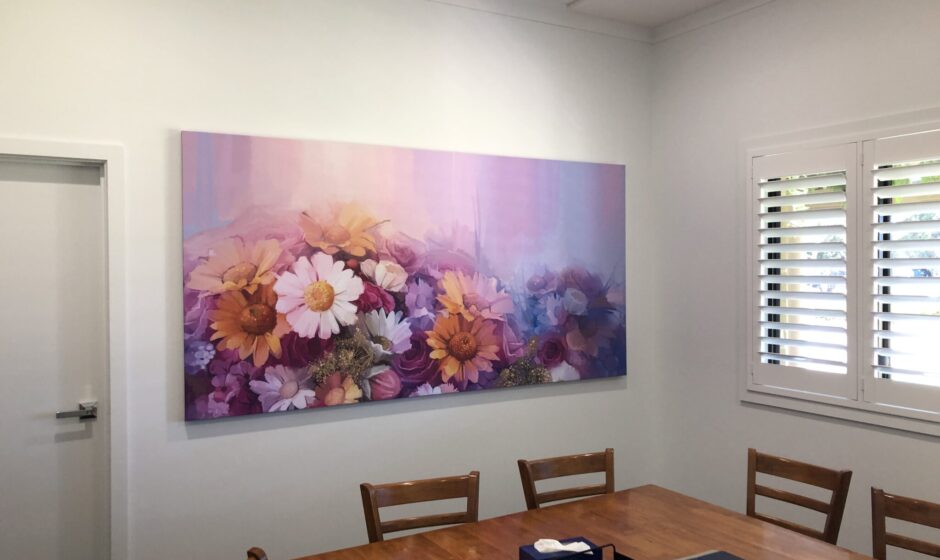In recent years, residential acoustic panels have become increasingly popular among homeowners looking to improve their living spaces. Whether you’re setting up a home theater, a music studio, or simply want to reduce noise and enhance sound quality in your living area, acoustic panels offer an effective solution. This guide will explore the benefits of residential acoustic panels, their various types, and how to choose the best ones for your needs.
What Are Residential Acoustic Panels?
Residential acoustic panels are specially designed materials used to manage sound within a space. They help control echo, reduce noise, and improve the overall acoustics of a room. Typically made from sound-absorbing materials like foam, fiberglass, or fabric-wrapped panels, they are strategically placed on walls, ceilings, or other surfaces to optimize sound quality and reduce unwanted noise.
Benefits of Residential Acoustic Panels
1. Enhanced Sound Quality
One of the primary benefits of acoustic panels is their ability to enhance sound quality. In home theaters and music rooms, acoustic panels help to create a balanced sound environment by reducing echoes and reverberations. This ensures that audio is clear and crisp, providing a more enjoyable listening experience.
2. Noise Reduction
Acoustic panels are highly effective at minimizing noise levels. They absorb sound waves and prevent them from bouncing around the room, which is particularly useful in noisy environments or in homes with thin walls. By reducing background noise, acoustic panels help create a quieter and more peaceful living space.
3. Improved Privacy
For those living in close quarters or in multi-family buildings, acoustic panels can offer an additional layer of privacy. They help to contain sound within a room, preventing it from leaking into neighboring spaces. This can be especially valuable for activities such as playing musical instruments, watching movies, or even working from home.
4. Aesthetic Appeal
Modern acoustic panels come in a variety of designs and finishes, allowing them to blend seamlessly with your interior decor. From sleek and contemporary to classic and elegant, there are options to suit every style. This means you don’t have to compromise on aesthetics for the sake of functionality.
Types of Residential Acoustic Panels
1. Foam Panels
Foam panels are among the most common and cost-effective acoustic treatments. They are lightweight and come in various shapes and sizes. Foam panels are excellent for absorbing high-frequency sounds and reducing echo, making them ideal for home studios and theaters.
2. Fabric-Wrapped Panels
Fabric-wrapped panels are designed with a layer of fabric stretched over an acoustic core material, such as fiberglass. These panels offer a more refined appearance and are available in a wide range of colors and patterns. They are suitable for both residential and commercial applications.
3. Perforated Wood Panels
Perforated wood panels combine the aesthetic appeal of wood with acoustic functionality. The perforations in the wood allow sound to pass through, where it is then absorbed by the material behind. These panels are perfect for adding a touch of natural elegance while improving room acoustics.
4. Bass Traps
Bass traps are specialized acoustic panels designed to absorb low-frequency sounds. They are often placed in the corners of a room where bass frequencies tend to accumulate. By addressing these low frequencies, bass traps help to achieve a more balanced sound profile.
Choosing the Right Residential Acoustic Panels
1. Assess Your Needs
Before purchasing acoustic panels, consider the specific needs of your space. Are you looking to reduce noise, improve sound quality, or both? Do you need to address high-frequency or low-frequency sounds? Understanding your requirements will help you choose the most effective type of panel.
2. Consider Room Size and Layout
The size and layout of your room play a significant role in determining the number and placement of acoustic panels. Larger rooms may require more panels or different types of panels to achieve optimal results. Additionally, the placement of panels should be strategic, focusing on areas where sound reflections and echoes are most problematic.
3. Evaluate Aesthetic Preferences
Acoustic panels come in a variety of styles and finishes. Choose panels that complement your interior design while meeting your acoustic needs. Consider factors such as color, texture, and shape to ensure the panels enhance both the functionality and appearance of your space.
4. Budget Considerations
Acoustic panels are available at various price points. While high-end options offer superior performance and aesthetics, there are also budget-friendly choices that provide excellent results. Determine your budget and find a balance between cost and quality that suits your needs.
Installation and Maintenance
Installing acoustic panels is generally straightforward, with options for wall-mounted, ceiling-mounted, or free-standing installations. Many panels come with adhesive backing or mounting hardware for easy placement. For the best results, follow the manufacturer’s installation instructions and consider consulting a professional if needed.
Maintaining acoustic panels is simple; regular dusting or vacuuming is usually sufficient to keep them clean. Fabric-wrapped panels may require occasional spot cleaning, while foam panels should be handled with care to avoid damage.
Aslo read: CIVIL ENGINEERING DIPLOMA COURSE IN Lahore
Conclusion
Residential acoustic panels are a valuable investment for anyone looking to improve the acoustics and comfort of their home. By reducing noise, enhancing sound quality, and adding aesthetic appeal, these panels can transform your living space into a more enjoyable and functional environment. With a variety of types and styles available, you can find the perfect acoustic solution to meet your needs and preferences.


